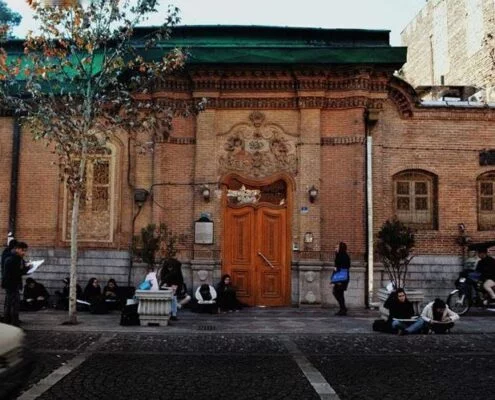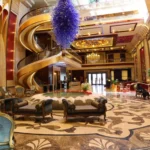Both Iran and Malaysia offer rich and diverse cultural experiences that are deeply intertwined with the values of hospitality, tradition, and family. From the vibrant markets and delicious cuisines to the deep respect for elders and historical landmarks, these countries provide travelers with a glimpse into their distinct yet similar cultures. Whether you’re exploring the bustling bazaars of Iran or tasting Malaysia’s iconic dishes, each destination offers unique insights into the hearts of their people. This article will take you on a journey through some of the most cherished cultural aspects of both nations, highlighting the shared values and customs that make them such welcoming places to visit.
Shared Hospitality and Warmth
Both Iran and Malaysia are known for their warm hospitality. When you visit either country, you’ll notice that locals are friendly and welcoming, often treating guests like family. In Iran, it’s common for people to invite you for tea or even a meal at their home, showing genuine interest in making you feel comfortable. Similarly, in Malaysia, you’ll experience the concept of “open house,” where families invite guests, even strangers, to share food and celebrate together. This strong culture of hospitality makes traveling in both countries feel personal and welcoming.
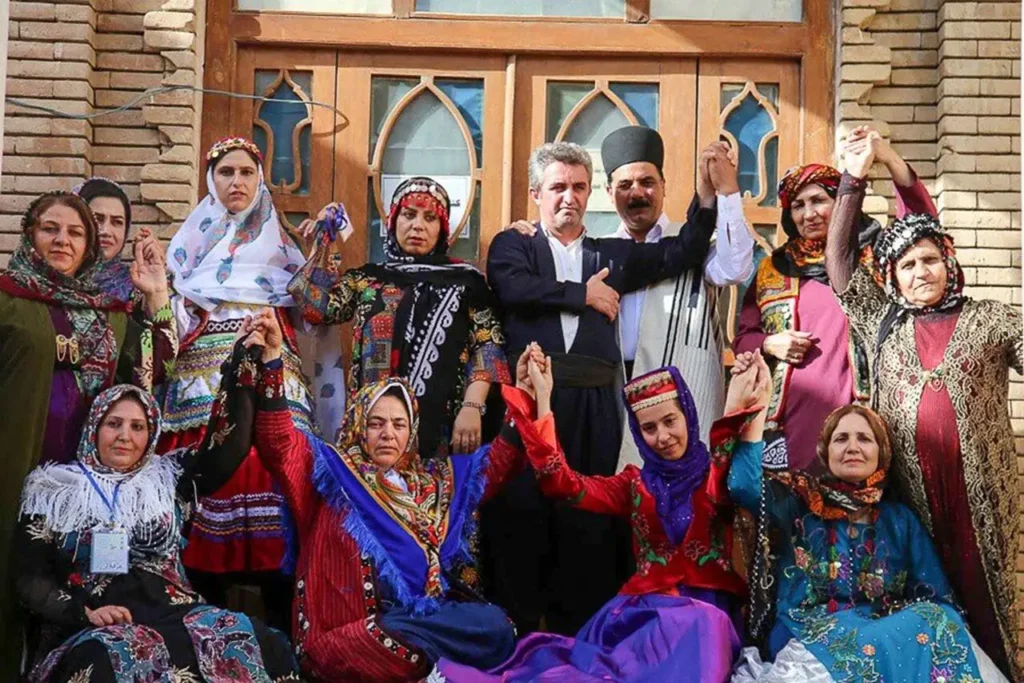
In Malaysia, the term “ramah tamah” reflects the country’s reputation for being welcoming and friendly. Locals take pride in making visitors feel comfortable, whether it’s offering you a cup of tea or guiding you through the city. Similarly, in Iran, the concept of “mehman-nawazi” or hospitality is deeply ingrained in the culture, where guests are always made to feel valued. Offering a meal, sharing a room, or simply showing you around town are just some of the ways Iranians express their hospitality.
As a tourist, you’ll feel welcomed in both countries. Whether you’re visiting someone’s home or being served at a restaurant, the culture of hospitality makes it easy to form connections and feel at ease. The genuine care both Malaysians and Iranians have for visitors is one of the key elements that bring these two countries closer together.
Rich Culinary Traditions
Iranian and Malaysian cuisines both use a variety of aromatic spices and fresh ingredients to create flavorful dishes. While the flavors are different, you’ll find similarities in the importance of rice, stews, and grilled meats. Iranian food includes dishes like chelow kebab (rice with grilled meat) and ghormeh sabzi (herb stew), while Malaysian cuisine features nasi lemak (coconut rice with sambal) and rendang (spiced meat stew). Street food is also a big part of daily life in both countries, where you can try delicious local specialties at affordable prices.
No matter where you are in either country, food is more than just a meal; it’s a way of life. If you’re a food lover, you’ll find that both Malaysia and Iran offer diverse and delicious cuisines that reflect their cultures’ deep respect for fresh ingredients and bold flavors. You can bond with locals over a shared meal, exchanging stories and connecting over common tastes, making food a universal language in both countries.
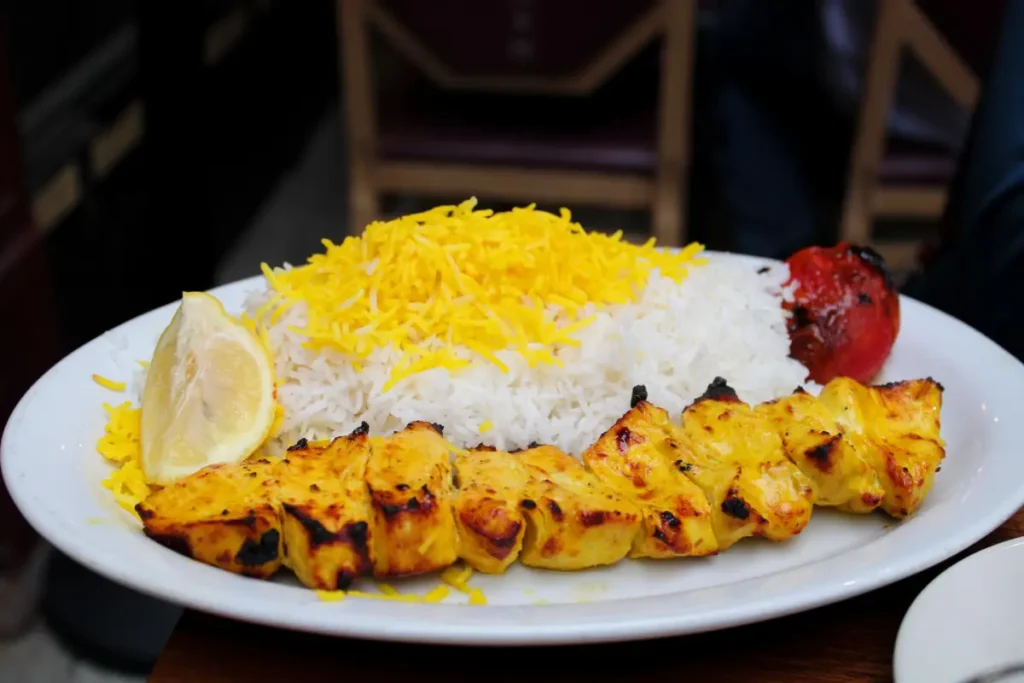
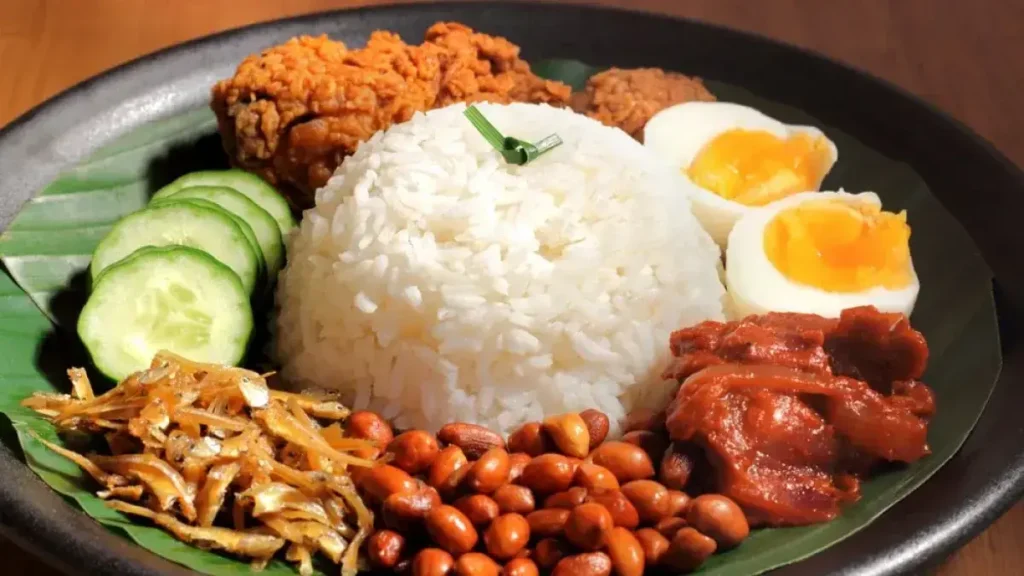
Deep Respect for Traditions and Religion
Both Iran and Malaysia have rich cultural traditions influenced by religion. While Iran is primarily a Muslim country, and Malaysia has a mix of Malay, Chinese, and Indian cultures, Islam plays a significant role in daily life in both. You’ll see beautiful mosques, call to prayer, and local customs that reflect Islamic traditions. At the same time, both countries celebrate cultural diversity, with Malaysia recognizing different religious festivals and Iran preserving ancient Persian traditions alongside Islamic customs.
Both Malaysia and Iran are committed to preserving their cultural heritage, ensuring that future generations can connect with the past. Malaysia has taken steps to restore historical sites such as the Sultan Abdul Samad Building and A Famosa Fort, which reflect the country’s colonial history and multicultural influences.
Iran, with its ancient sites like Persepolis and the Jameh Mosque of Isfahan, is equally dedicated to preserving its rich history. These landmarks serve as reminders of the ancient Persian civilization and the contributions Iran has made to world history.
When you visit either country, you’ll encounter these historical sites that not only attract tourists but also play a vital role in connecting people to their cultural identity. The preservation of these sites allows you to experience history firsthand, making your visit more meaningful and insightful.
The Importance of Family: A Shared Cultural Value
Both Malaysia and Iran deeply value family. In these cultures, the family unit is the heart of society, where the well-being of the group is placed above individual needs. This is seen in how families often live together in multi-generational households, creating strong bonds across generations. Respecting elders and maintaining family traditions are not just encouraged—they are expected.
When you visit either country, you’ll see how these family-oriented values manifest in everyday life. In Malaysia, it’s common to see large family gatherings during celebrations, where everyone, from the youngest to the oldest, comes together. The same is true in Iran, where family members frequently come together to enjoy meals, mark important events, and support one another.
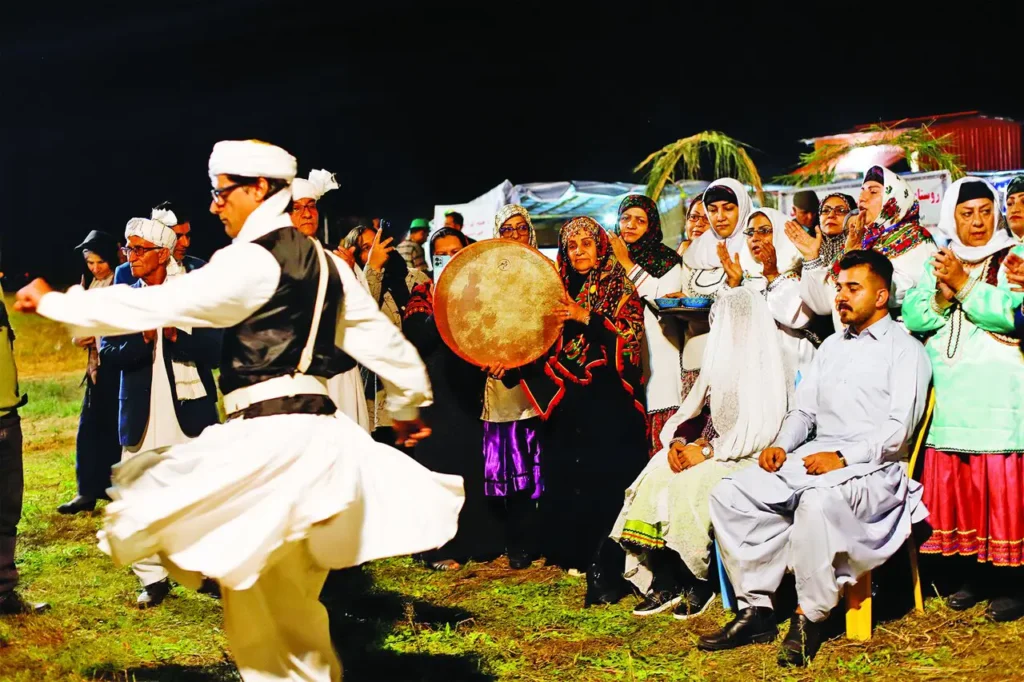
Vibrant Handicrafts and Markets
If you enjoy exploring local markets, both Iran and Malaysia offer an incredibly vibrant and immersive shopping experience. Iranian bazaars are a feast for the senses, where you’ll find a stunning array of Persian carpets, each one telling its own story through intricate patterns and colors. Handmade ceramics, ranging from decorative plates to functional pottery, are another hallmark of these bazaars, often featuring traditional Persian designs that have been passed down through generations. Additionally, you can find unique metalwork items, such as beautifully crafted copper trays, engraved jewelry, and brass teapots, all showcasing the fine artistry that has been part of Iranian culture for centuries.
In Malaysia, the bustling markets are equally impressive, with the colorful batik fabrics being a key attraction. The hand-painted or stamped batik textiles are often used to make clothes, scarves, and home decor, reflecting vibrant patterns and motifs that tell stories of the country’s diverse cultural heritage. You’ll also encounter detailed wood carvings, which are skillfully made by local artisans, often depicting traditional Malaysian motifs such as flora, fauna, and local scenes. Handcrafted jewelry, including intricate silver pieces and beads, is another highlight, often incorporating gemstones and traditional designs from different ethnic groups in Malaysia.
Respect for Elders: A Cultural Cornerstone
In both Malaysia and Iran, showing respect for elders is an essential part of social life. Elders are highly valued for their wisdom, experience, and guidance, and younger generations are expected to show deference and care toward them.
In Malaysia, this respect for elders is evident in the way younger people address their elders with titles of respect and involve them in family decision-making. In Iran, this respect extends to public spaces, where you will see older individuals treated with great reverence.
As a tourist, you’ll notice how this value is deeply embedded in both cultures. Whether you’re interacting with locals or participating in a family gathering, the respect shown to elders is an integral part of what makes Malaysian and Iranian society unique. This cultural trait can offer you insights into the importance of family hierarchies and societal respect in shaping both countries.
The Art of Bargaining: A Cultural Tradition
In both Iran and Malaysia, bargaining is a cultural tradition that adds an element of fun to the shopping experience. It’s a common practice in many traditional markets, and you’re expected to engage in friendly negotiations, which can be a rewarding experience in itself. Shopping in these markets is not just about buying souvenirs; it’s about immersing yourself in the local way of life. You’ll have the opportunity to interact with artisans and shopkeepers who are proud to share the stories behind their crafts. Whether you’re looking for a unique Persian rug, a delicate Malaysian batik scarf, or a beautiful piece of jewelry, the markets in both countries offer treasures that will serve as lasting reminders of your travel experience.
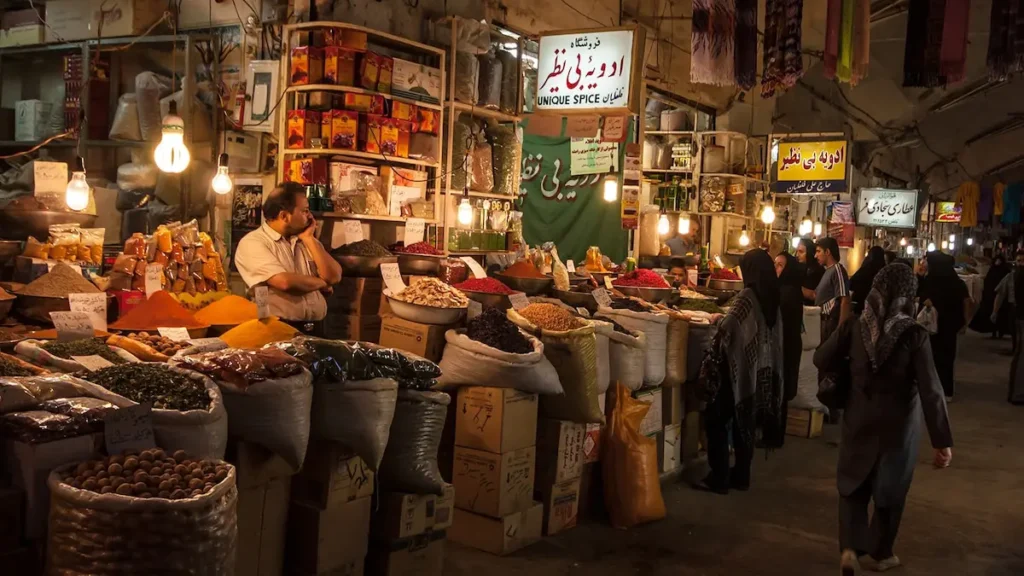
Tea Culture and Social Gatherings
Tea holds a special place in the daily lives of both Iranians and Malaysians, with each country having its own unique tea traditions that reflect their cultural values and social practices. In Iran, chai (tea) is not just a beverage, but an essential part of hospitality and daily rituals. Served in delicate glass cups, often paired with sweets like gaz (a traditional nougat made with pistachios) or nabât (saffron rock candy), Iranian tea provides a sense of warmth and togetherness. Tea-drinking in Iran is typically a social event, where friends and family gather around to chat, relax, and enjoy one another’s company. Whether in a cozy home or a traditional teahouse, tea is often served with a sense of ceremony, emphasizing the importance of hospitality and connection.
In Malaysia, teh tarik (pulled tea) is a beloved national drink, offering a delightful mix of black tea and condensed milk. The process of preparing teh tarik is an art in itself, as the tea is poured back and forth between two containers to create a frothy texture that’s both visually impressive and delicious. Teh tarik is commonly enjoyed in kopitiams (local coffee shops), where Malaysians of all backgrounds gather to enjoy this refreshing drink alongside light meals like roti canai (flatbread) or kaya toast (a sweet coconut spread on toast). Just like in Iran, tea in Malaysia is a symbol of social gatherings and a means for people to bond over meaningful conversations.
Check out Iranian Tea and Its Cornerstones to discover the traditions, flavors, and unique ways Iranians enjoy their tea. Whether you’re a tea lover or just curious about Persian culture, this article will take you on a flavorful journey!
Festivals and Celebrations
Festivals in both Malaysia and Iran are not just about marking the passage of time—they are a lively celebration of culture, family, and tradition.In Malaysia, the calendar is filled with vibrant festivals like Hari Raya Aidilfitri, Chinese New Year, and Deepavali, each of which reflects the diverse cultural landscape of the country. These celebrations are marked by colorful decorations, traditional dances, and an abundance of delicious food, creating a joyous atmosphere that brings families and communities together. Hari Raya Aidilfitri, for instance, is a major event for Muslims, featuring open houses where families welcome visitors, share traditional meals, and offer well-wishes. Chinese New Year and Deepavali, celebrated by Malaysian Chinese and Indian communities respectively, also feature family reunions, cultural performances, and an array of festive foods that represent each culture’s rich heritage.
In Iran, festivals like Nowruz (Persian New Year) and Yalda Night are deeply rooted in history and culture. Nowruz, which marks the arrival of spring, is the most significant festival in Iran, celebrated with special meals, family gatherings, and festive decorations. People clean their homes, set up a “Haft-Seen” table with symbolic items, and exchange gifts to mark the new year. Yalda Night, celebrating the winter solstice, is another cherished tradition where families come together to share stories, enjoy seasonal fruits like pomegranates and watermelon, and recite poetry, creating an atmosphere of warmth and unity in the midst of the coldest season.
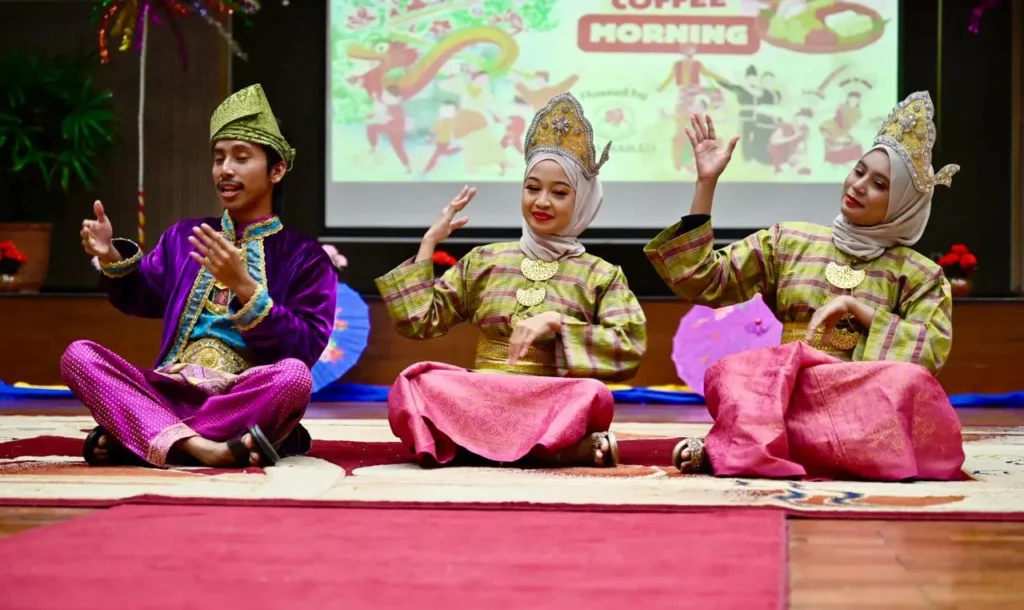
The Love for Poetry: A Shared Passion for Words
Poetry is an important aspect of both Iranian and Malaysian cultures, with each country boasting its own distinct traditions in literature. Iranian poetry, known for its depth and beauty, includes famous works like the Shahnameh by Ferdowsi and the Divan-e-Hafez. Poetry is often recited during social gatherings, where Iranians express their emotions and celebrate their cultural heritage.
Similarly, Malay poetry, known as pantun, is a traditional form of verse that often revolves around themes of love, nature, and spirituality. Just as Persian poetry has shaped Iranian identity, Malay poetry serves as a reflection of Malaysia’s cultural heritage.
As a tourist, exploring the poetic traditions of these two countries offers you a unique way to connect with their cultures. Whether you’re listening to poetry recitals in Iran or reading pantun in Malaysia, poetry serves as a bridge between generations and a way to express complex emotions and ideas.
Traditional Clothing: A Reflection of Culture and Identity
Both Malaysia and Iran have traditional clothing that reflects their rich cultural heritage. In Malaysia, the baju kurung and baju melayu are popular traditional outfits, worn during festivals and special occasions. These garments represent the cultural diversity of the country, blending Malay, Chinese, and Indian influences.
In Iran, traditional clothing varies by region, but you’ll often see women wearing colorful chadors and men in traditional Persian attire. These garments are not just about fashion; they reflect the country’s history, climate, and values. Both countries view traditional clothing as a symbol of pride and respect for cultural identity, making it an essential part of celebrations and everyday life.
When you visit Malaysia or Iran, you’ll notice that traditional clothing plays a vital role in cultural practices and festivals. These garments connect people to their roots, and by witnessing them firsthand, you’ll gain a deeper appreciation for the cultures you’re exploring.
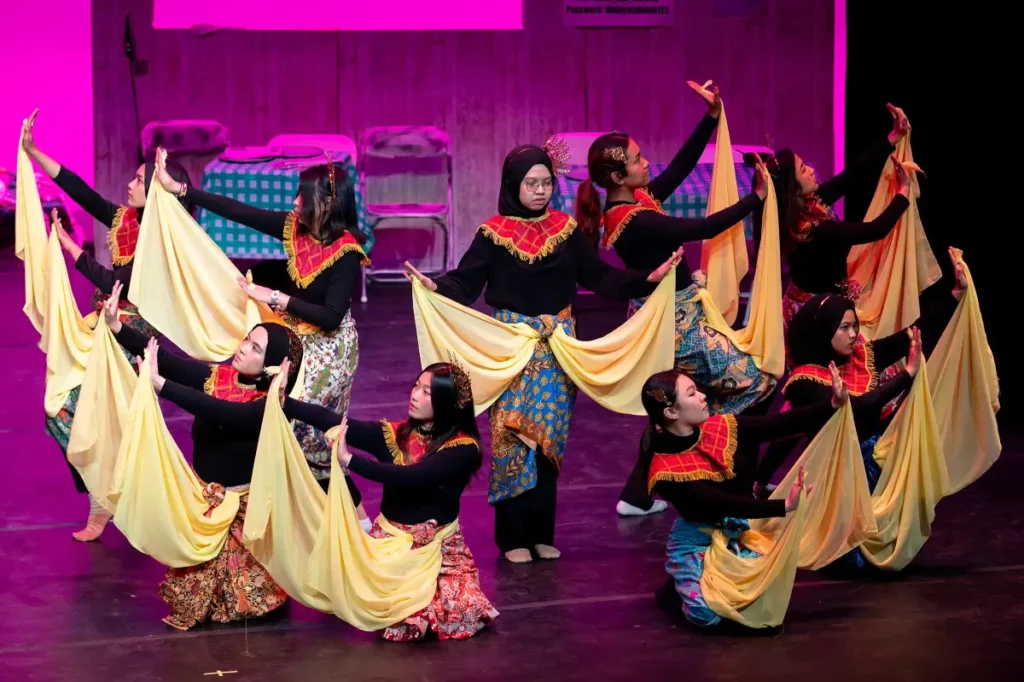
National Pride and Cultural Heritage: Celebrating Identity
Both Malaysia and Iran take immense pride in their cultural heritage and history. In Malaysia, national identity is celebrated through various traditional arts, such as batik fabric design and wayang kulit shadow puppetry. Festivals like Hari Raya Aidilfitri and Thaipusam honor Malaysia’s diverse ethnic and religious groups and serve as a reminder of the country’s multicultural identity.
In Iran, national pride is closely tied to the country’s ancient history. The preservation of historical landmarks, such as Persepolis and the Naqsh-e Jahan Square, serves as a tribute to Iran’s rich cultural and historical heritage. The sense of national identity in Iran is strong, with many Iranians honoring their Persian roots through art, poetry, and daily life.
For you, as a tourist, this pride in national identity means that you’ll experience a culture that is deeply rooted in tradition and history. From the arts to the architecture, the commitment to preserving cultural heritage provides a unique and enriching experience that can deepen your understanding of both countries.
Summing Up
Visiting Iran and Malaysia provides an enriching cultural experience that celebrates both countries’ deep respect for traditions, family, and hospitality. From the communal joy of sharing meals to the stunning handicrafts and historical landmarks, both nations invite you to explore their cultures in a way that fosters connection and understanding. Whether you’re experiencing a festival, enjoying a cup of tea, or admiring local crafts, Iran and Malaysia offer travelers a unique opportunity to engage with and appreciate their vibrant, diverse heritages. Through these shared cultural values, your journey will be filled with warmth, beauty, and meaningful connections.

